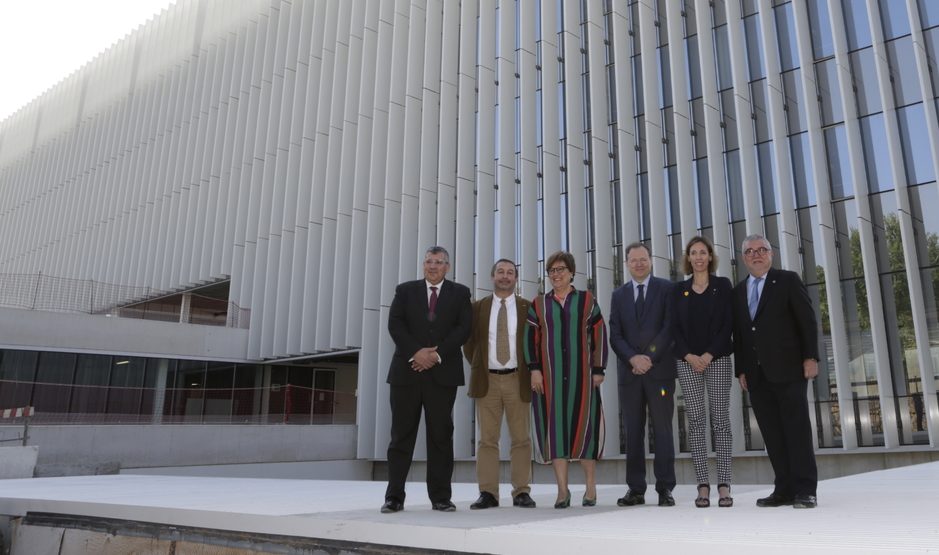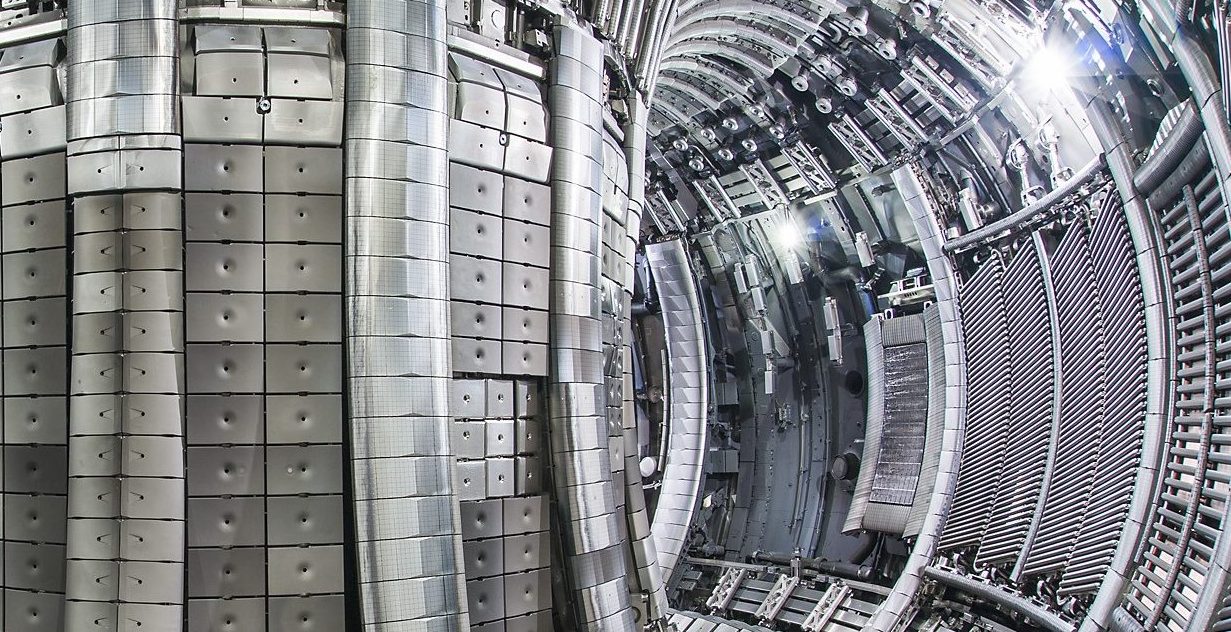
On 7 June, the European Commission (EC) has officially announced that EuroHPC has selected Barcelona Supercomputing Center (BSC) as one of the institutions that will host a pre-exascale supercomputer in the high-capacity supercomputer network that will operate in the EU in 2021. The EC announcement describes the plan to acquire 3 pre-exascale machines with a peak performance of at least 150 Petaflops: Barcelona (Spain), Bolonia (Italy) and Kajaani (Finland).
The future MareNostrum 5 will be a heterogenous supercomputer that will achieve a peak performance of 200 Petaflops (200 · 1015 of operations per second), which is 18 times more than current MareNostrum 4.





